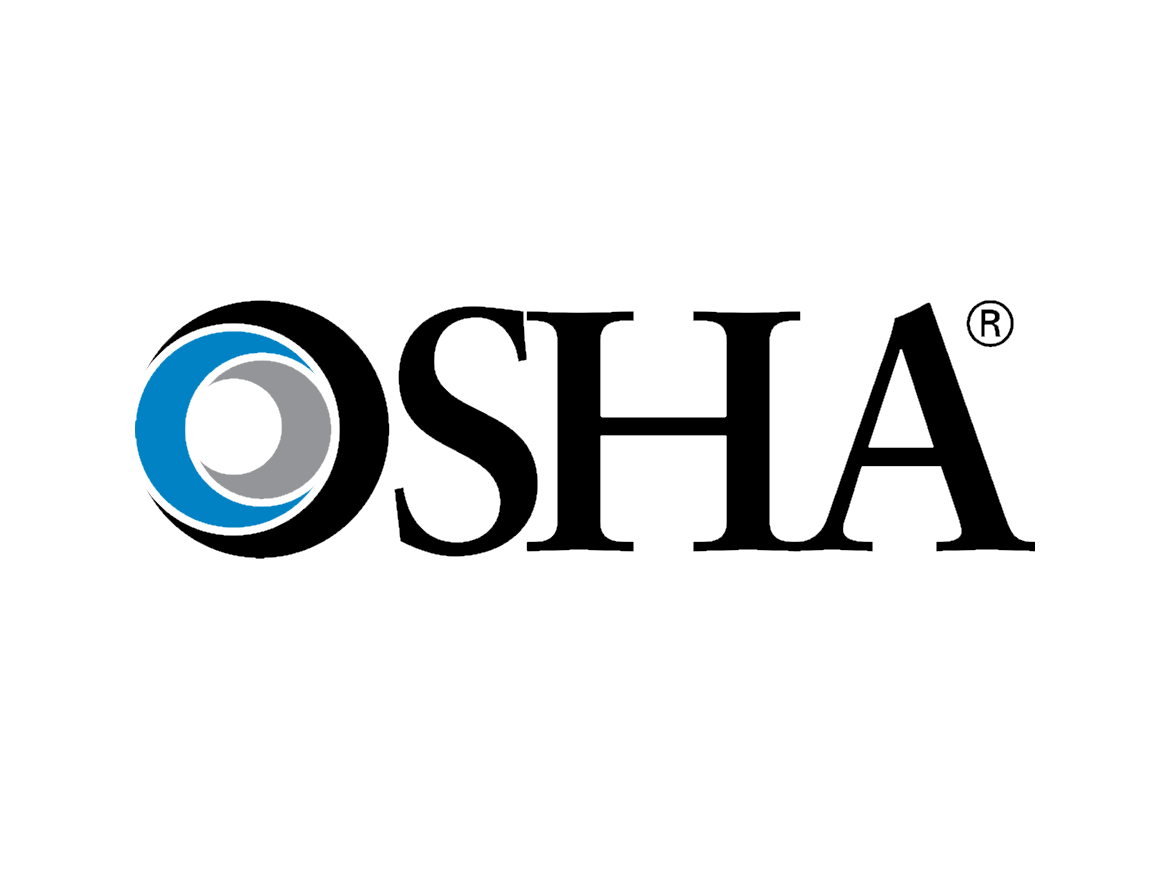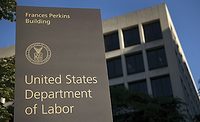OSHA Issues Final Rule on Electronic Reporting Requirement

WASHINGTON, DC – The U.S. Dept. of Labor’s Occupational Safety and Health Administration (OSHA) has issued a final rule on information employers must provide the agency.
The new rule eliminates the requirement for establishments with 250 or more employees to electronically submit information from OSHA Form 300 (Log of Work-Related Injuries and Illnesses) and OSHA Form 301 (Injury and Illness Incident Report) to OSHA each year.
These establishments are still required to electronically submit information from OSHA Form 300A (Summary of Work-Related Injuries and Illnesses).
By preventing routine government collection of information that may be quite sensitive, including descriptions of workers’ injuries and body parts affected, OSHA said it's avoiding the risk that such information might be publicly disclosed under the Freedom of Information Act (FOIA).
“This rule will better protect personally identifiable information or data that could be re-identified with a particular worker by removing the requirement for covered employers to submit their information from Forms 300 and 301,” OSHA said in a release. “The final rule does not alter an employer’s duty to maintain OSHA Forms 300 and 301 on-site, and OSHA will continue to obtain these forms as needed through inspections and enforcement actions.”
In addition, the agency said, this rule will allow OSHA to focus its resources on initiatives that its past experience has shown to be useful — including continued use of information from severe injury reports that helps target areas of concern, and seeking to fully utilize a large volume of data from Form 300A — rather than on collecting and processing information from Forms 300 and 301 with uncertain value for OSHA enforcement and compliance assistance.
The agency is also amending the recordkeeping regulation to require covered employers to electronically submit their Employer Identification Number with their information from Form 300A. The final rule’s requirement for employers to submit their EIN to OSHA electronically along with their information from OSHA Form 300A will make the data more useful for OSHA and BLS, and could reduce duplicative reporting burdens on employers in the future.
OSHA said it has determined that this final rule will allow OSHA to improve enforcement targeting and compliance assistance, protect worker privacy and safety, and decrease burden on employers.
However, not everyone is happy with the change.
As previously reported by Roofing Contractor, several public advocacy groups believe the previous tracking rule helps improve workplace safety. The groups are mounting legal challenges to the change.
Collection of Calendar Year 2018 information from the OSHA Form 300A began on Jan. 2. The deadline for electronic submissions is March 2.
Looking for a reprint of this article?
From high-res PDFs to custom plaques, order your copy today!




